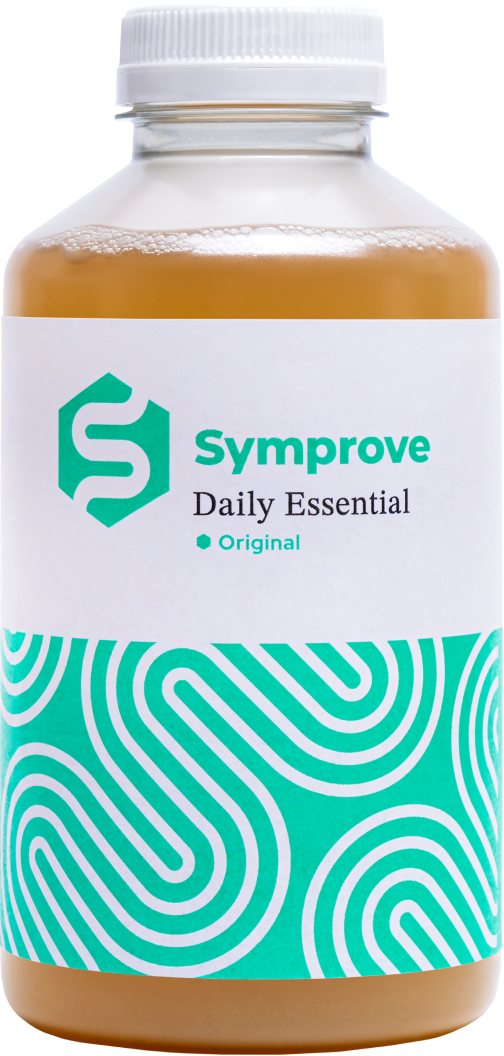Bahee is a Registered Paediatric Dietitian who has a special interest in probiotics. She has authored and published three scientific articles in high ranking journals on paediatric nutrition and regularly works with the press. She has presented at International and national conferences and has recently completed the FODMAP training with Monash University. She worked at Great Ormond Street Hospital (GOSH) at their NHS and private division for twelve years. You’ll now find her at Harley Street where she works with families on a 1-2-1 basis.
Hi Bahee, thanks for joining us today! Please could you tell us a bit about your professional background as a Registered Paediatric Dietitian?
I worked at Great Ormond Street Hospital (GOSH) at their NHS and private division for twelve years. I also worked at Starship Children’s Hospital down under in Auckland, New Zealand for nearly 3 years before moving to the UK.
During my career, I’ve been involved in teaching at Masters level in a variety of specialities ranging from gastroenterology to renal nutrition. I have authored publications and guidelines on the topics of renal nutrition and ketogenic diets. Whilst working at GOSH, I was awarded a grant for the development of a digital web-based app for children following the ketogenic diet.
I now work as a full-time freelance dietitian on Harley Street. I currently help families to manage cow’s milk protein allergy, fussy eating, plant-based nutrition and irritable bowel syndrome (IBS). I also work with baby and toddler food brands to assist with their product development.
What led to your interest in paediatric dietetics?
I always knew that I wanted to work with children and it’s hard to imagine doing anything else. There’s so much joy in knowing that you are able to help a child with their medical condition or nutrition problems.
Which areas of paediatrics do you specialise in? How did you end up working in these areas?
Although I do still manage a caseload of children with renal conditions, I primarily work with children with gastrointestinal conditions like IBS as well as suspected food allergies. My interest in this area developed as I suffered from IBS myself as a teenager; helping children with gastrointestinal problems is a real passion of mine. I recently completed the FODMAPs training at Monash University, which felt like the natural next step for me.
What are the most common gastrointestinal diseases/functional gut disorders seen in paediatrics?
Constipation, diarrhoea, reflux, iron deficiency anaemia, coeliac disease, crohn’s disease and ulcerative colitis.
Are there similarities or differences in the dietetic management of children and adults in these conditions?
A similar dietetic approach is used in the management of lactose intolerance in both children and adults. In this condition, individuals have insufficient amounts of the enzyme lactase to breakdown lactose. Lactose intolerance affects only a small percentage of people of caucasian background (2-15%) but a larger percentage (50%-90%) of Asian, Mexican or African-American people are affected.
In both children and adults, small amounts of lactose can still be tolerated; therefore dairy products do not need not be completely avoided. In a small percentage of children, there may be transient lactose malabsorption due to gastroenteritis, parasitic infection or untreated coeliac disease. It’s therefore important that children are re-challenged, as lactose tolerance may improve once the epithelium heals. It’s important to keep in mind that in babies, symptoms of lactose intolerance and cow’s milk protein allergy can be similar. Appropriate diagnosis is therefore essential.
The management of IBS may differ slightly in children and adults. Compared to adults, children tend to eat more bread, breakfast cereals and fruit. As a result, their overall fibre and FODMAPs intake may be high. Making some first-line IBS dietary interventions (i.e. modifying fibre intake or eating less fruit) may be sufficient to manage their overall symptoms.
Adults requiring a secondary-line dietary intervention for the management of IBS may need to strictly adhere to the low FODMAP Diet (LFD). The LFD is a common approach which restricts certain foods containing short-chain carbohydrates as a management tool in patients with IBS. A more simplified LFD approach may be sufficient in children to identify any trigger foods leading to constipation or diarrhoea in children. As with other functional gut disorders, a careful medical diagnosis is always essential to avoid misdiagnosis. Additionally, the LFD must be overseen by a paediatric dietitian with relevant expertise.
What factors influence a child’s gut microbiome?
The baby’s microbiome starts to develop in the mother’s womb with their first exposure via the placenta. The mode of delivery such as vaginal or cesarean birth, as well as whether the baby feeds on breastmilk or infant formula will also influence a child’s microbiome. Additionally, exposure to antibiotics, weaning (age and the types of solids introduced) and the use of any proton pump inhibitors may influence the baby’s developing gut microbial community.
What can parents do to help to ensure that their children develop a healthy gut microbiome?
Breastmilk is a source of both pre and probiotics. Examples of probiotics present in breastmilk include bifidobacterium, lactobacillus and veillonella. The baby’s diet can further help feed and nurture their intestinal bacteroides and clostridiales. For this reason, where possible, healthcare professionals (HCPs) should encourage mothers to breastfeed exclusively for (at least) the first six months so that the baby can benefit from the pre and probiotics present in breastmilk.
If a mother is unable to breastfeed, a HCP should encourage them to choose infant formula containing human milk oligosaccharides (HMOs). For parents with history of allergy or atopic eczema, there is a growing body of evidence suggesting that supplementing with certain strains of lactobacillus probiotics can modulate the infant gut microbiota and strengthen the baby’s immune defence to food allergens, eczema and hay fever.
It’s important to encourage a varied diet as much as possible. Foods such as grains (oats/barley/rye/wheat), rice and other wholegrains for pasta and bread as well as a variety of fruit and vegetables, beans, legumes, nuts and seeds (although ensure they are finely chopped) are great choices. I recommend starting these foods as early as possible on the weaning journey.
Are there specific foods/nutrients which promote good gut health in children? What are the safe/recommended intake levels for children?
Fibre-rich foods are important in children’s diets as fibre helps the gut microbes to flourish. There are recommended fibre intakes for children from the age of two years. The requirements start at 15g per day through to 30g for children aged 16-18 years.
As a general rule-of-thumb, include one to two servings of fruit and vegetables with meals. Encourage families to include carbohydrates foods that are wholegrain/wholemeal at every meal to help meet children’s daily fibre requirements.
For the more adventurous eaters or older children, you could recommend offering fermented foods (i.e. sauerkraut or kimchi), but parents needn’t worry if children are not willing to eat these foods. Instead focus on providing a varied diet.
Other prebiotic food sources include beans and pulses (e.g. you could offer hummus or falafels) nuts (cashews/pistachios), some vegetables (leeks, onions, garlic, asparagus, green peas), wheat and barley-based grains, pasta or bread and soy-based foods (e.g. tofu) as well as certain dried fruit (mango, fig, dates).
Is there clinical evidence to support the use of probiotics in children? Are they considered safe in children?
Since probiotics already occupy the human digestive system and breast milk, they are considered to be generally safe for healthy children. There is evidence to support the use of probiotics in the management of infant colic, acute and antibiotic related diarrhoea, atopic dermatitis, certain allergies and in IBS.
In the case of both acute and antibiotic-related diarrhoea, good quality evidence is now available in the form of systematic reviews indicating that both Lactobacillus rhamnosus GG® or Saccharomyces boulardii CNCM I745 can be tried for 5-7 days to reduce the duration of diarrhoea.
The strength of evidence does vary and more clinical trials are required to be able to routinely recommend the specific strains for specific medical conditions and symptoms. However, as the overall evidence for some strains is considered to be strong, it may be worthwhile trying probiotics for a short period of time to ascertain the benefit on a case-by-case basis. Always seek advice from a Registered Paediatric Dietitian.
If parents are considering using a probiotic with their child, what sort of things should they consider?
The most important thing to consider is whether there is any credible evidence to support the use of that strain for the medical condition or symptom that the parents wish to manage. For example, strains that are effective in managing colic may have no effect in managing antibiotic-related diarrhoea.
If parents are not sure which strain to use, encourage them to speak to the brand directly or a Registered Paediatric Dietitian for help sourcing the most suitable probiotic strain for the problem that they wish to manage.


